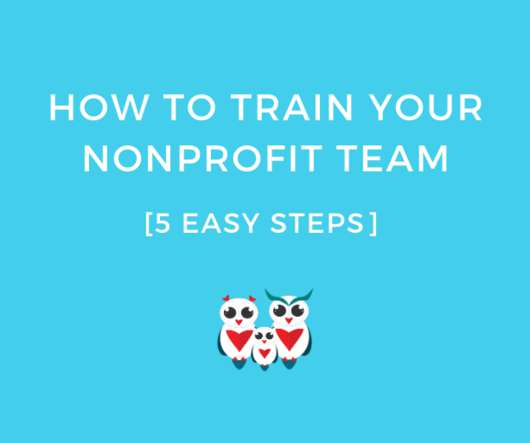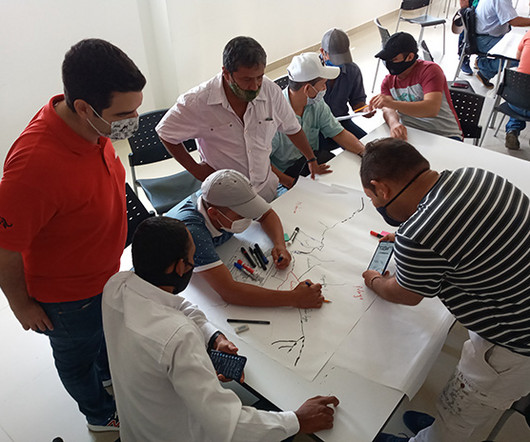How to Earn Income (and Autonomy) for Your Nonprofit
Getting Attention
NOVEMBER 16, 2010
We use the generous gifts and grants we receive to deliver programs, services and products to our community. That’s what I hear from most nonprofit organizations intent on doing things the way they’ve always done them — relying on money from funders (private and government) and individual donors to sustain them.














Let's personalize your content